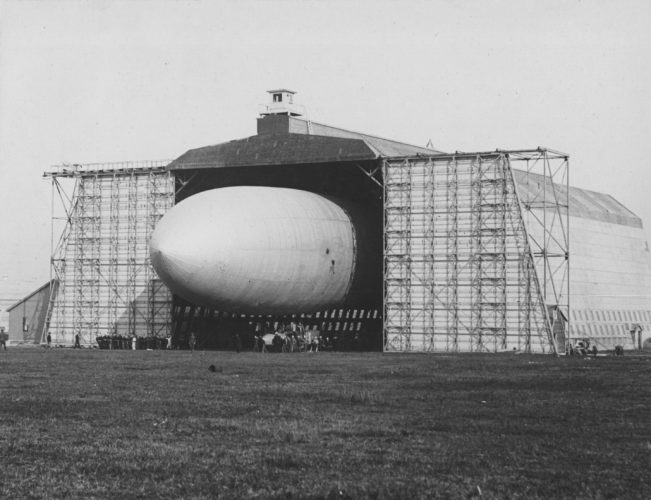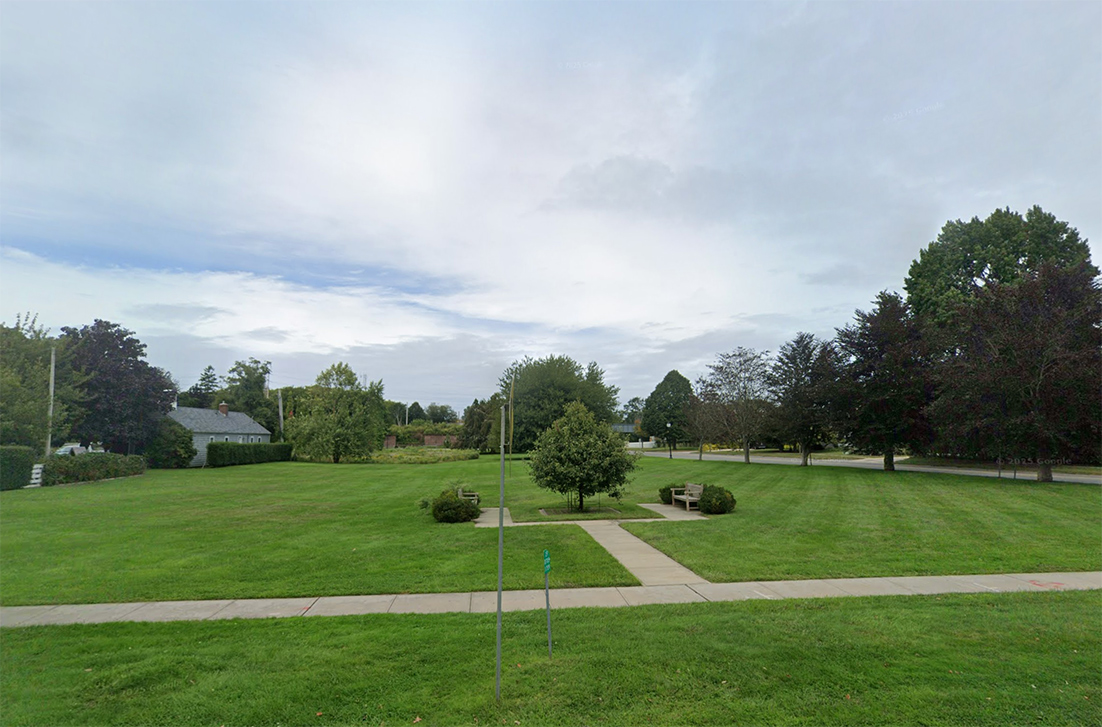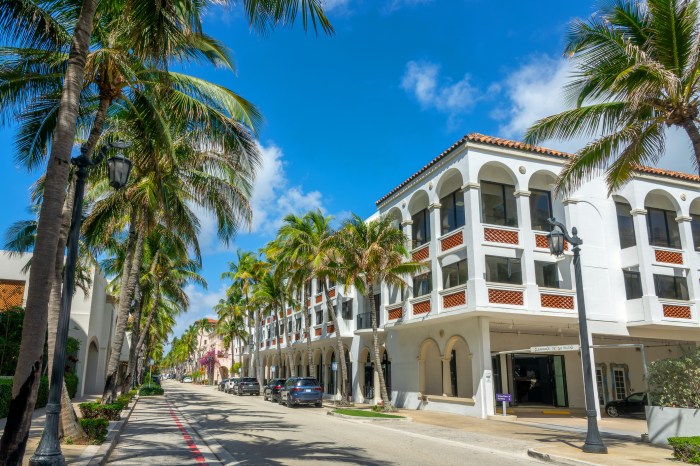Montauk has always had strategic significance to the United States owing to its remoteness, harbor, and its location midway between New York and Boston. And while many people know about army activities in the town, such as the Rough Riders and Camp Hero, fewer know about the former naval bases.

Back in 1917, as the US entered WWI, the Navy established Naval Air Station Montauk. Reconnaissance dirigibles, an airplane, troops and Coast Guard personnel were stationed at Montauk. With thirty three acres of land, the base had a dirigible hangar and a seaplane hangar and the station provided aerial patrol with both dirigibles and seaplanes.
After the war, the race was on to see which country could send a dirigible across the Atlantic first. The United States’s entry was C-5, a hydrogen inflated Class C blimp built by Goodyear and Goodrich. The engines were built by Hispano-Suiza, and its control car was built by Curtiss Aeroplane and Motor Company. In the photo above, you see C-5 leaving her hangar at Montauk.
Alas, bad weather doomed poor old C-5. The ship managed to make it to Newfoundland, but rough weather meant the blimp snapped its moorings. It was blown out to the Atlantic, never to be seen again.
Of course, before long, wartime came around again, and as before, Montauk proved important. The Navy acquired more land in the area, including Fort Pond Bay and Montauk Manor. They built docks, seaplane hangars, barracks, and other buildings, they built jetties and dredged the harbor, and there was also a huge torpedo testing facility.
The Navy commandeered Fort Pond Bay in the spring of 1942. It built a massive concrete base where torpedoes were assembled and then fired out to sea. Seaplanes would follow the torpedoes’ path, and once the torpedoes’ fuel was spent, they would be retrieved and returned to base. Ones that passed inspection would be shipped out and used to send enemy ships and submarines to the bottom of the sea.
Above is footage from 1944.
After the war, the naval facilities were largely abandoned, although traces of them remain. The massive concrete piers used by the Navy still exist at Ecker Park and the road past all this is called Navy Road, with the beach being Navy Beach. Some of the land used by the Navy is now a condo development called Rough Rider Landing, and the former enlisted men’s barracks are now affordable housing called the Avallone Apartmentsm managed by the Town of East Hampton.


















